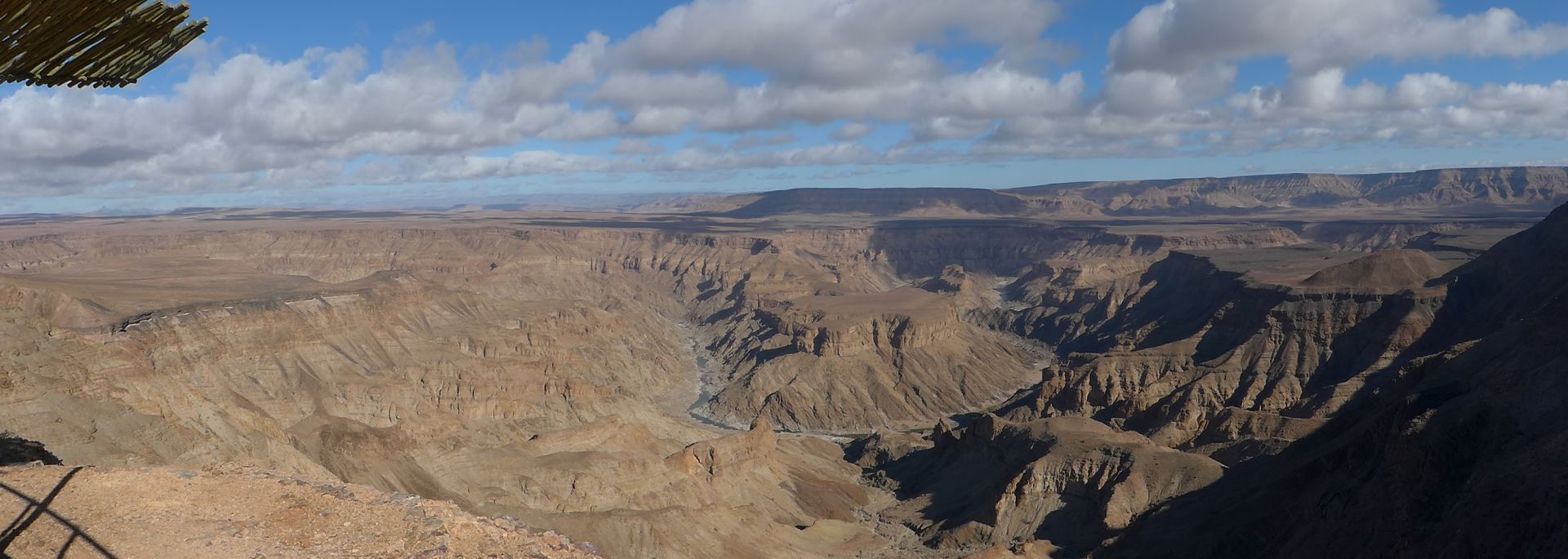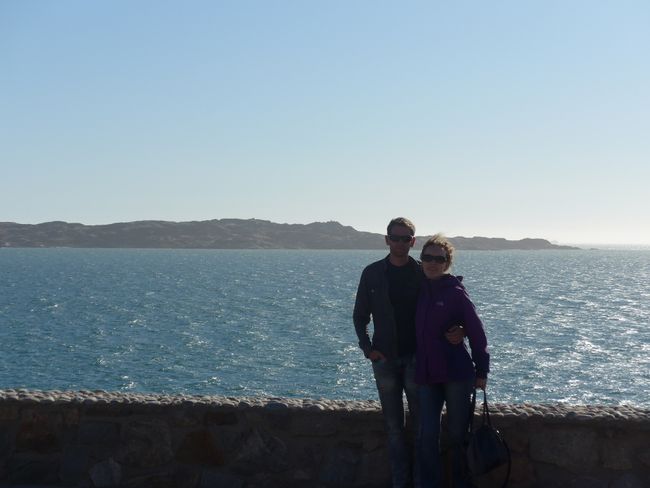The Grand Circuit and the Citadel of Women (Angkor Part 2)
Yayınlanan: 04.03.2019
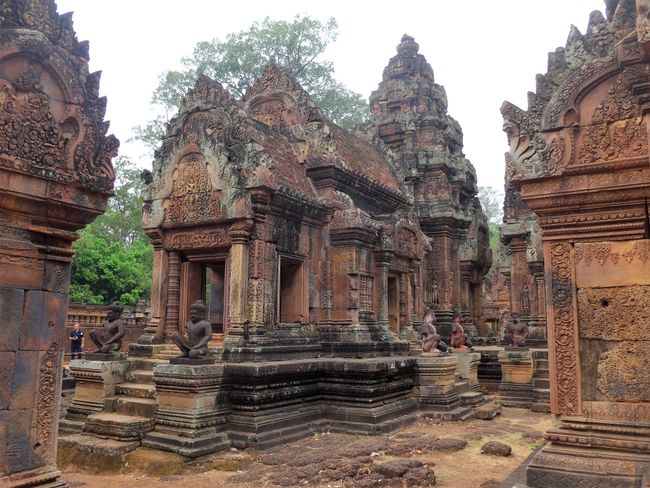
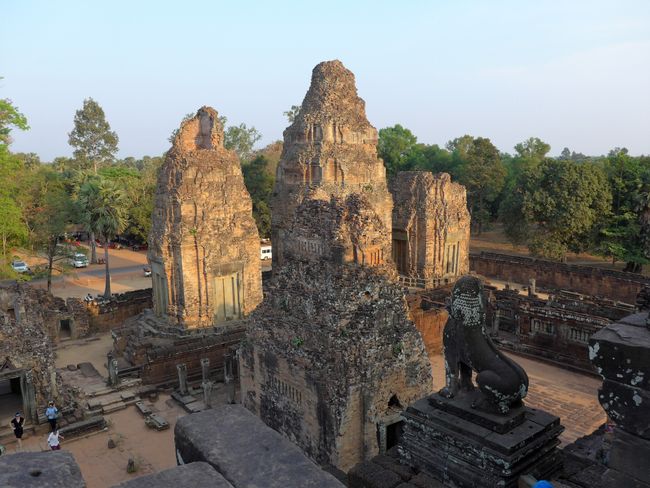
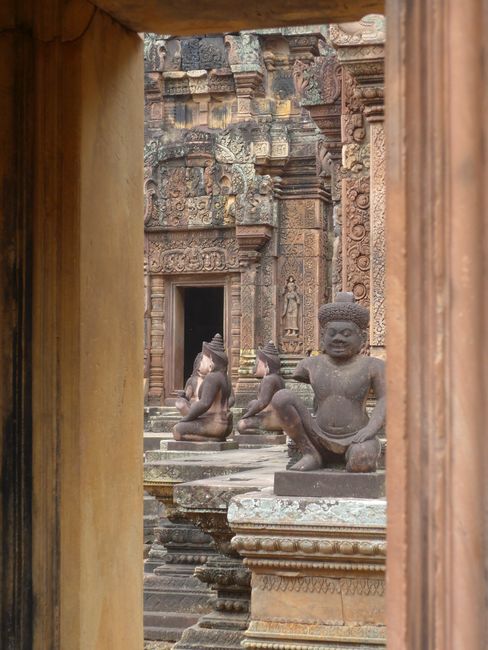
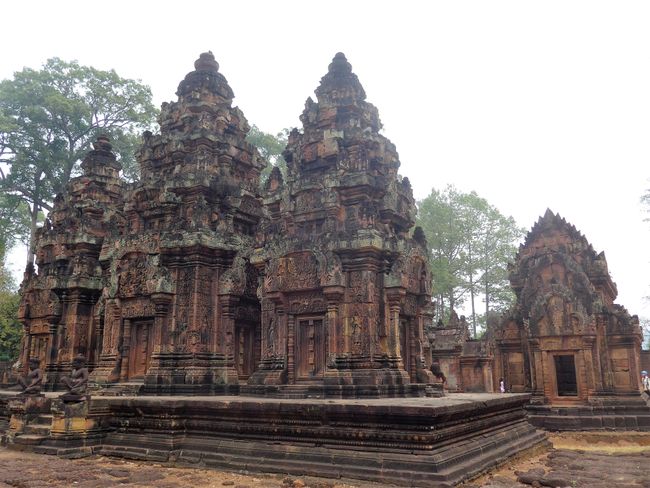
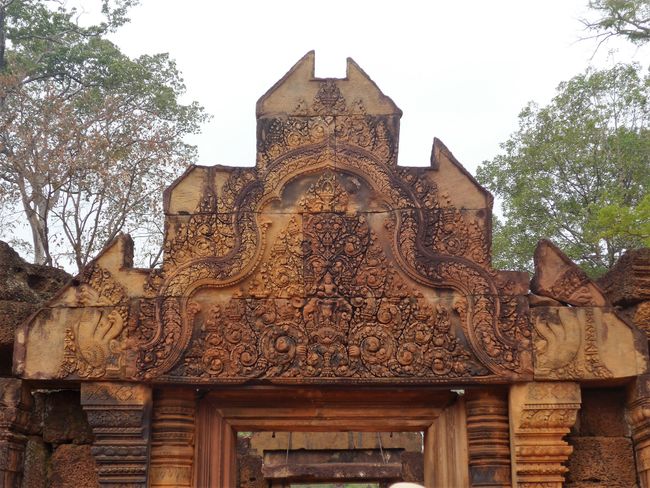
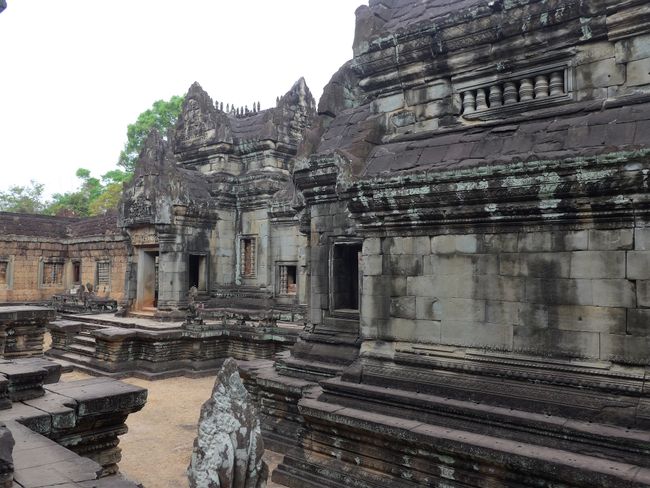
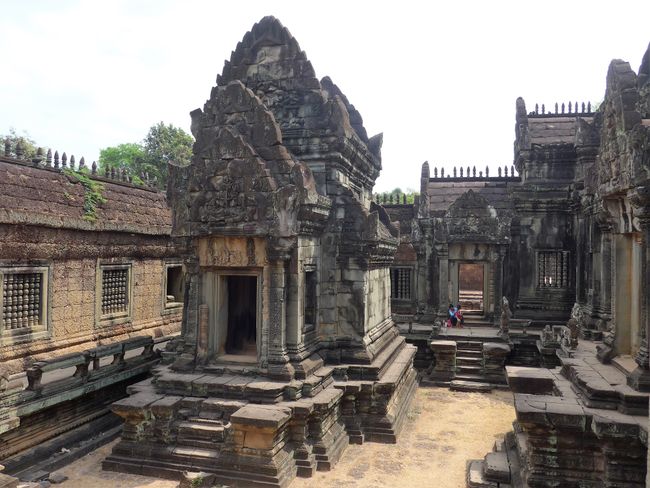
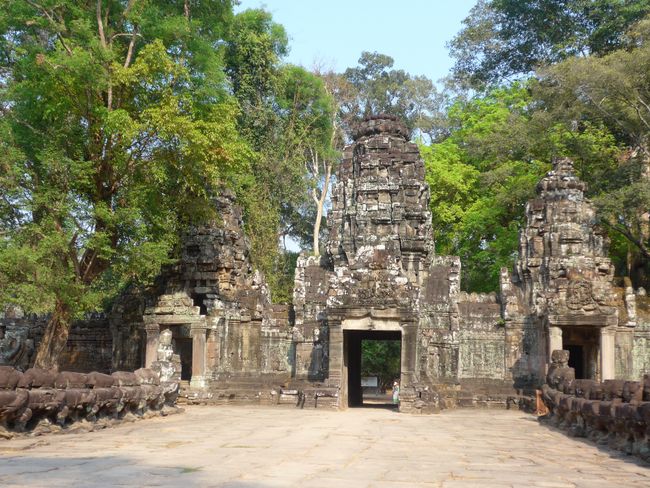
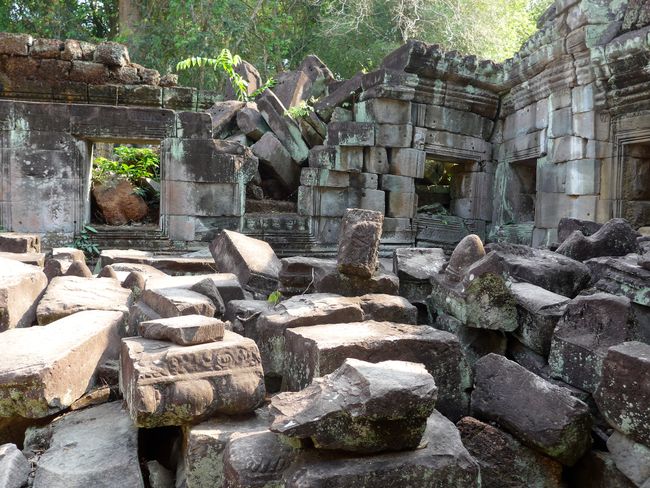
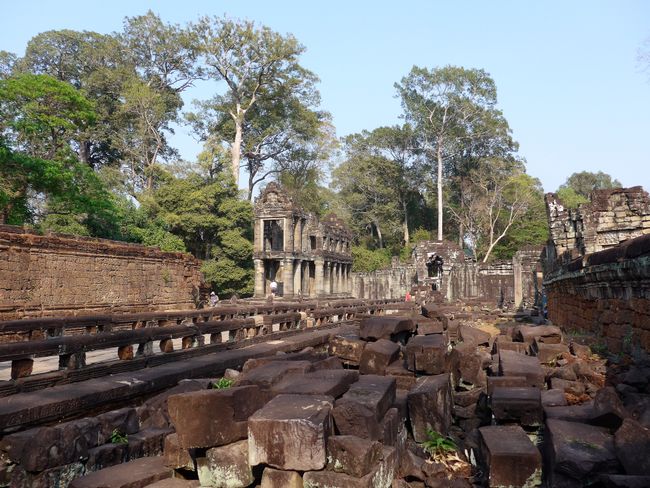
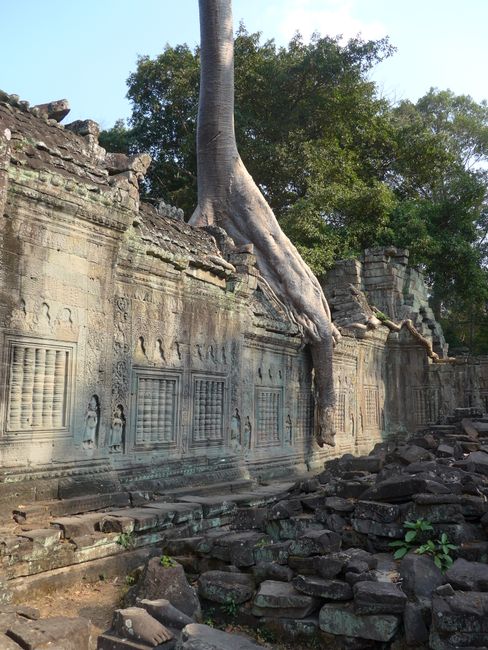
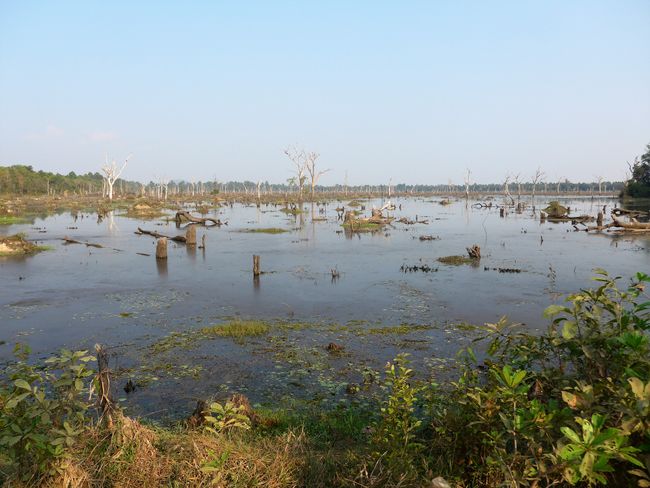
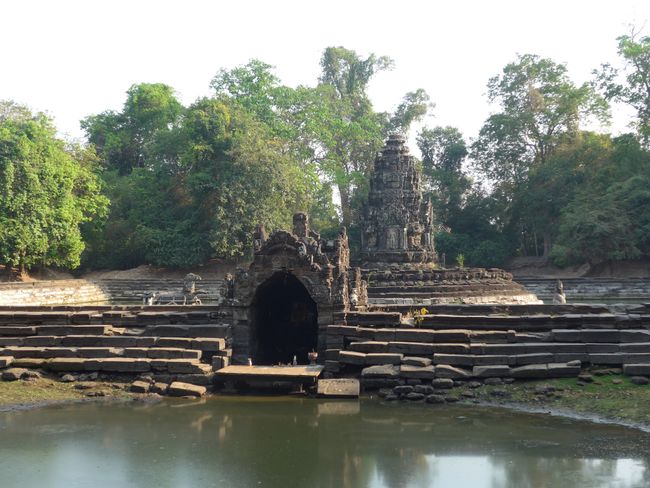
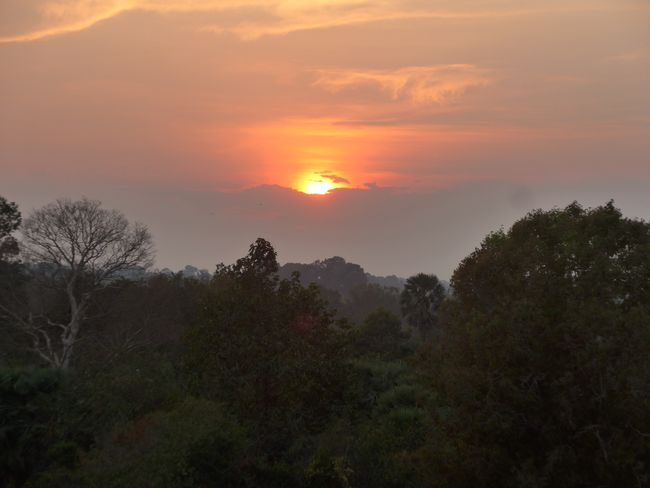
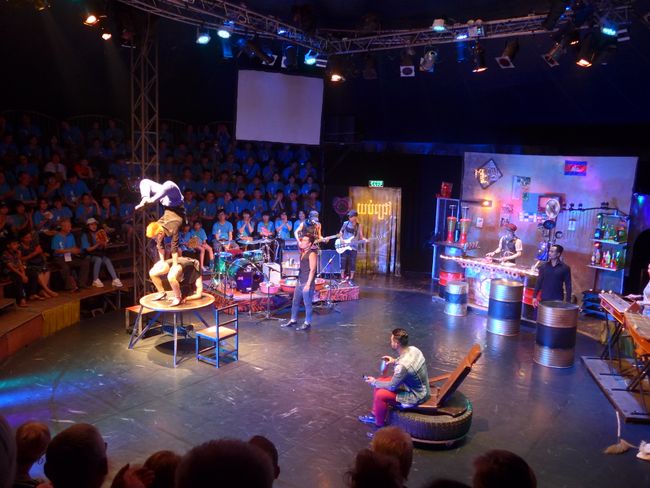
Haberlere kayıt ol
In the morning, we first went to the temple of Banteay Srey. This temple was built in the 11th to 13th century and is one of the best-preserved temples in Cambodia.
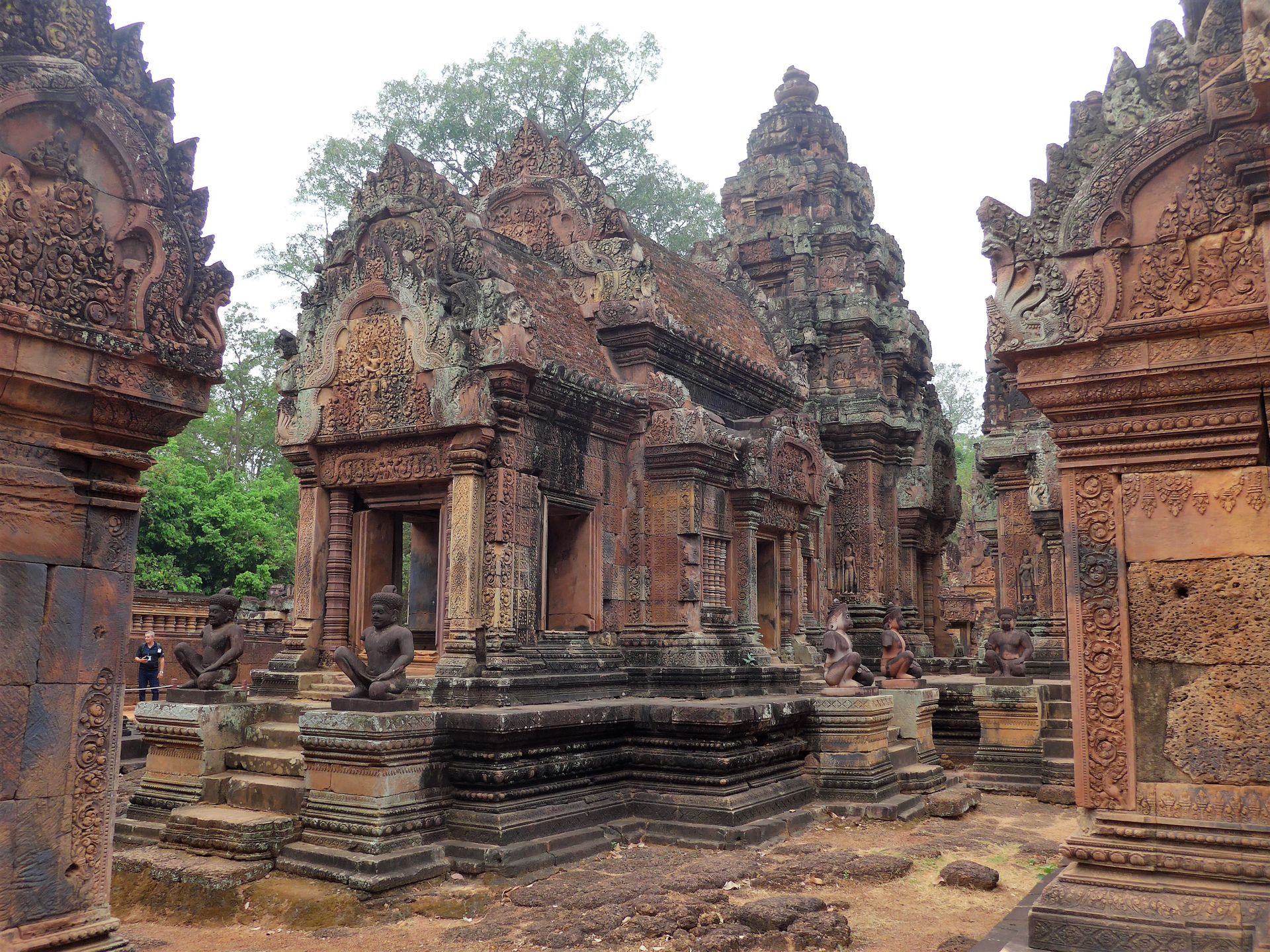
We saw very well-preserved stone carvings, including the god Shiva. In 1923, the French adventurer André Malraux tried to take parts of the temple with him. However, he was caught, but never convicted. Later, he became the Minister of Information in France.
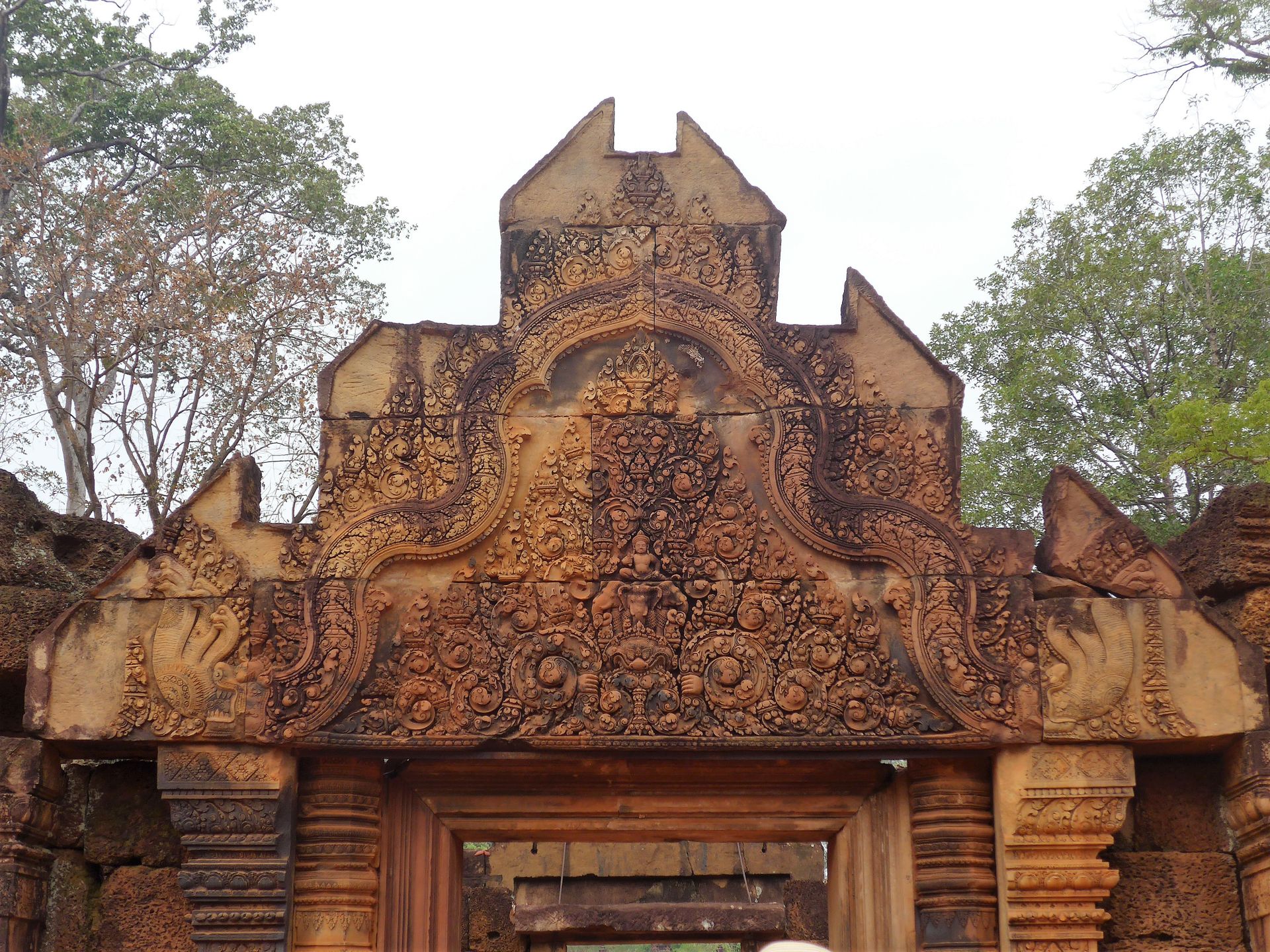
Afterwards, we went to the temple of Bantey Samre, which is a bit off the Grand Circuit. It was built in the 12th century, around the same time as Angkor Wat.
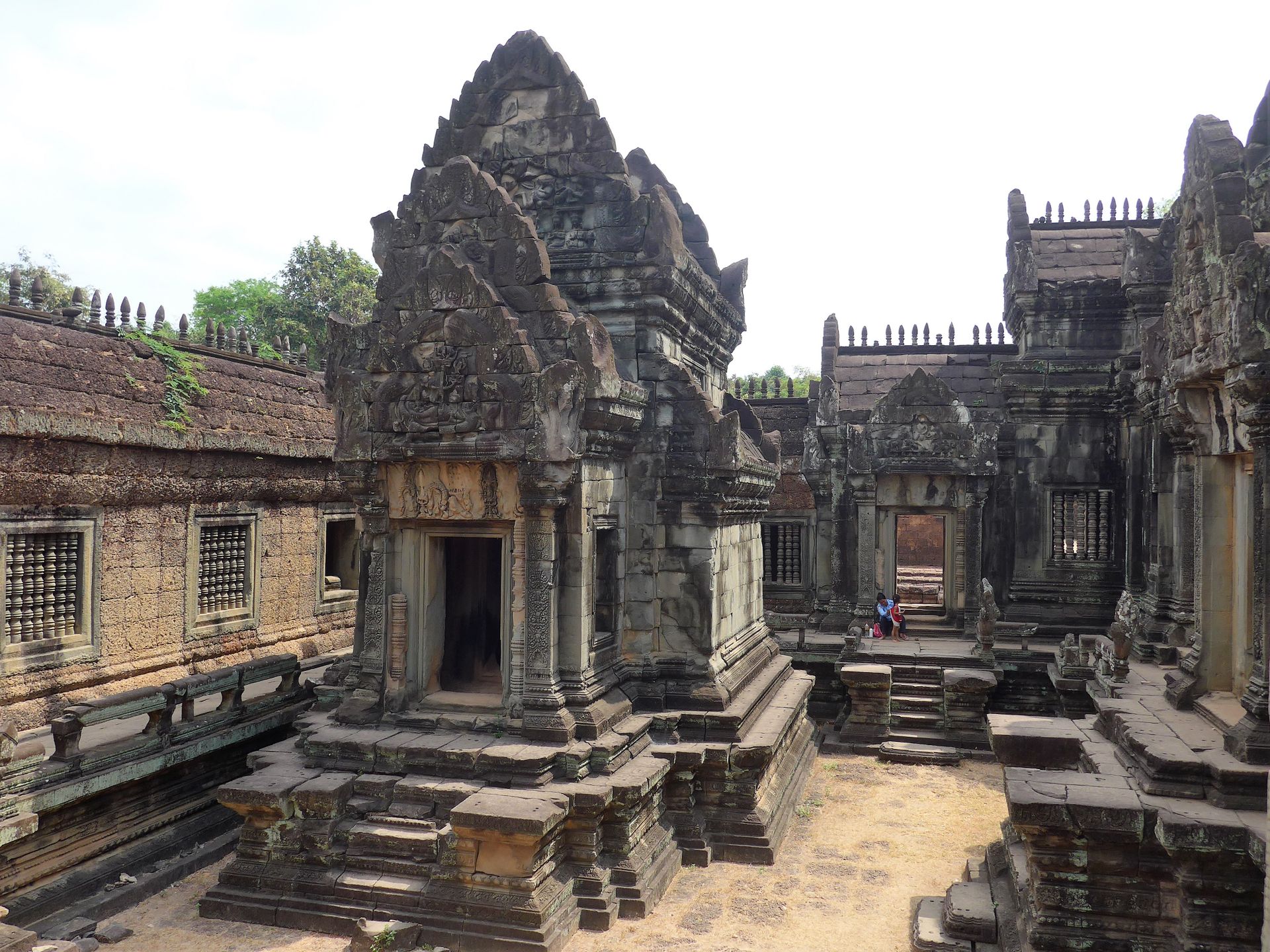
The temperature reached 36°C today, so we only went to the ruins of the Grand Circuit in the afternoon after a lunch break.
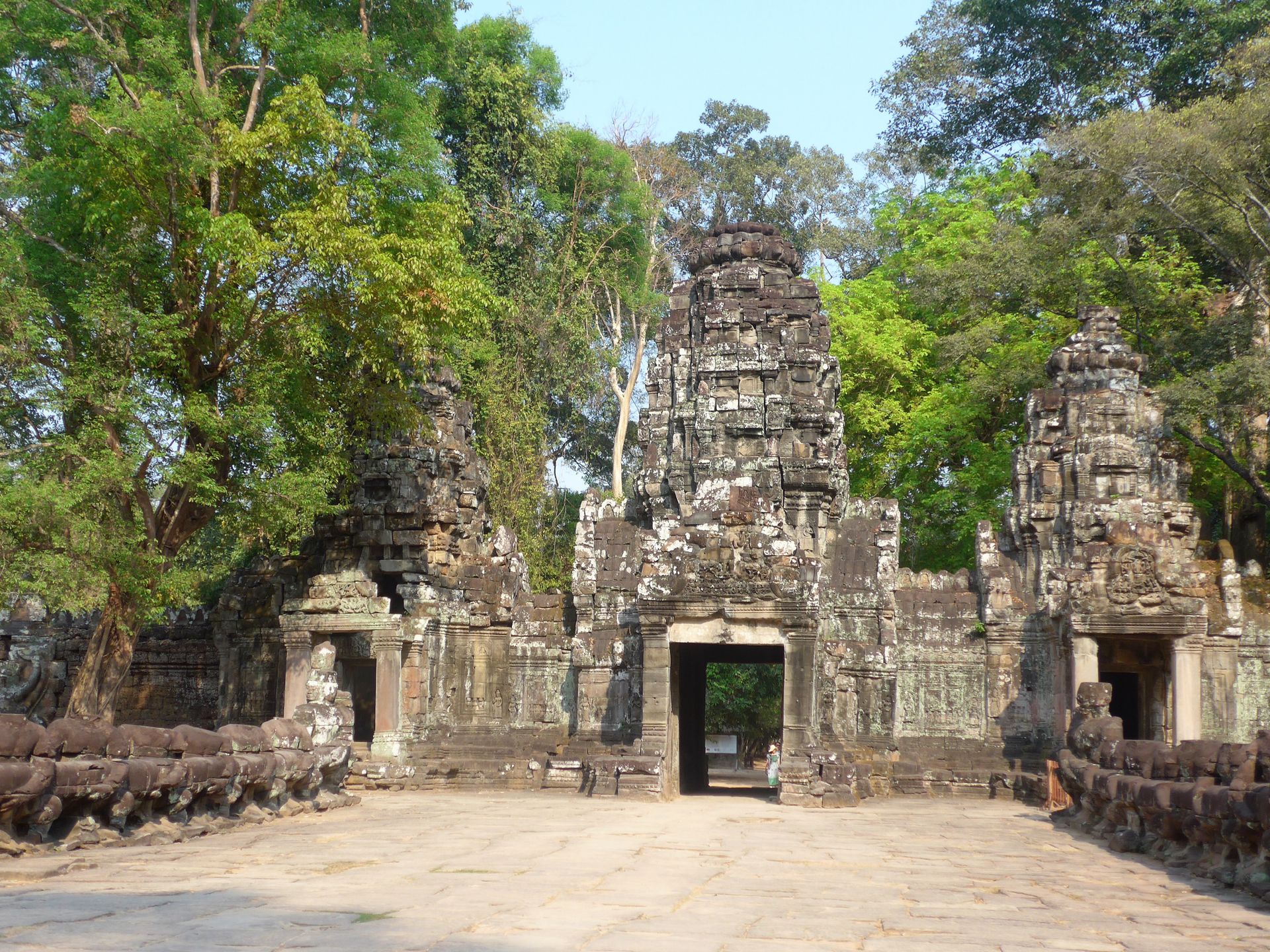
Our first stop was the temple of Preah Khan, which is partially in ruins. Nevertheless, as we walked through the corridors of the 1km long east-west axis, we could still get an idea of the enormous size of this complex.
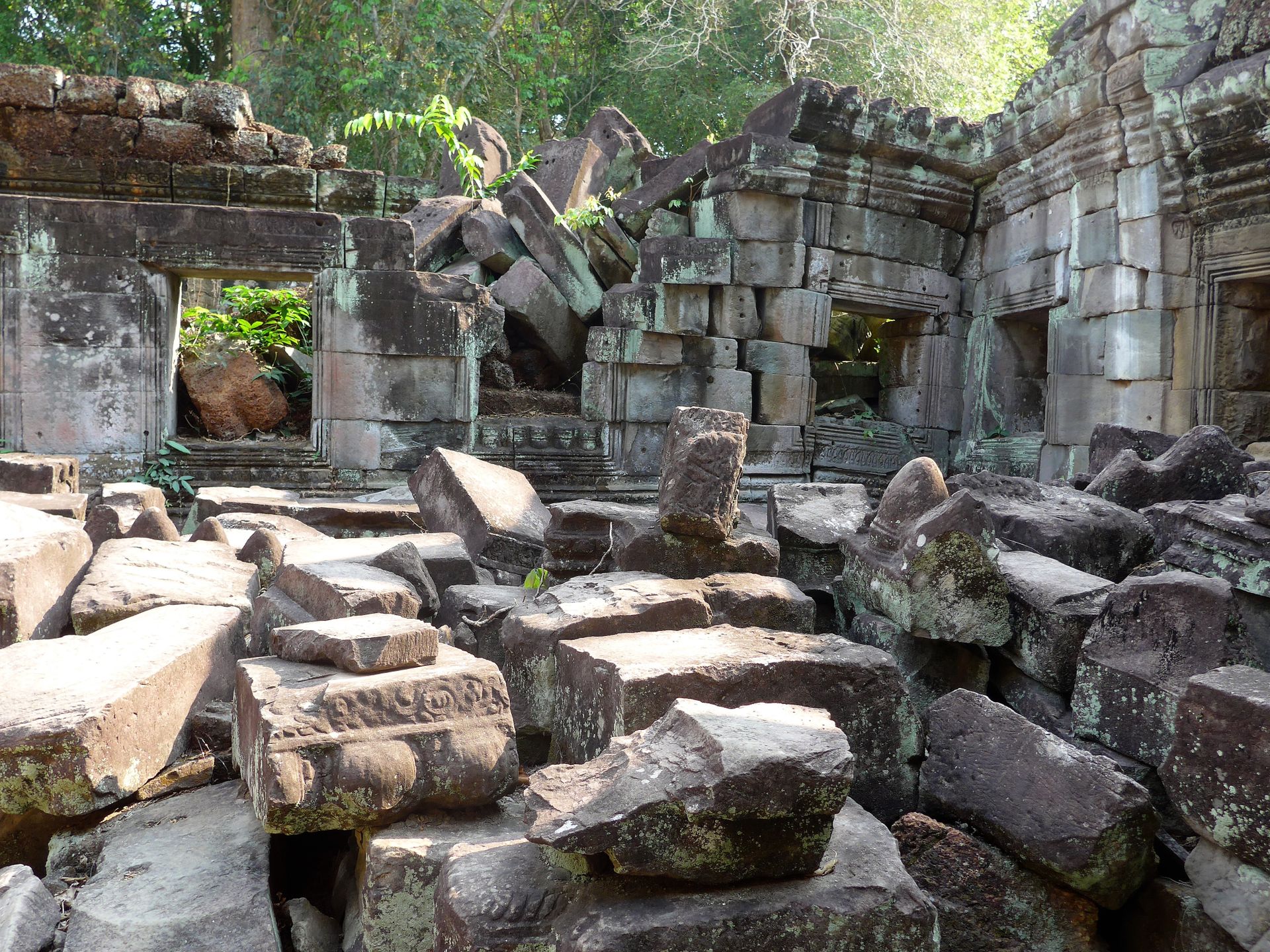
At some spots, you could still see how the former temple walls were penetrated by the roots of the trees. Most of the trees have been removed, but in some places this also led to the collapse of the masonry.
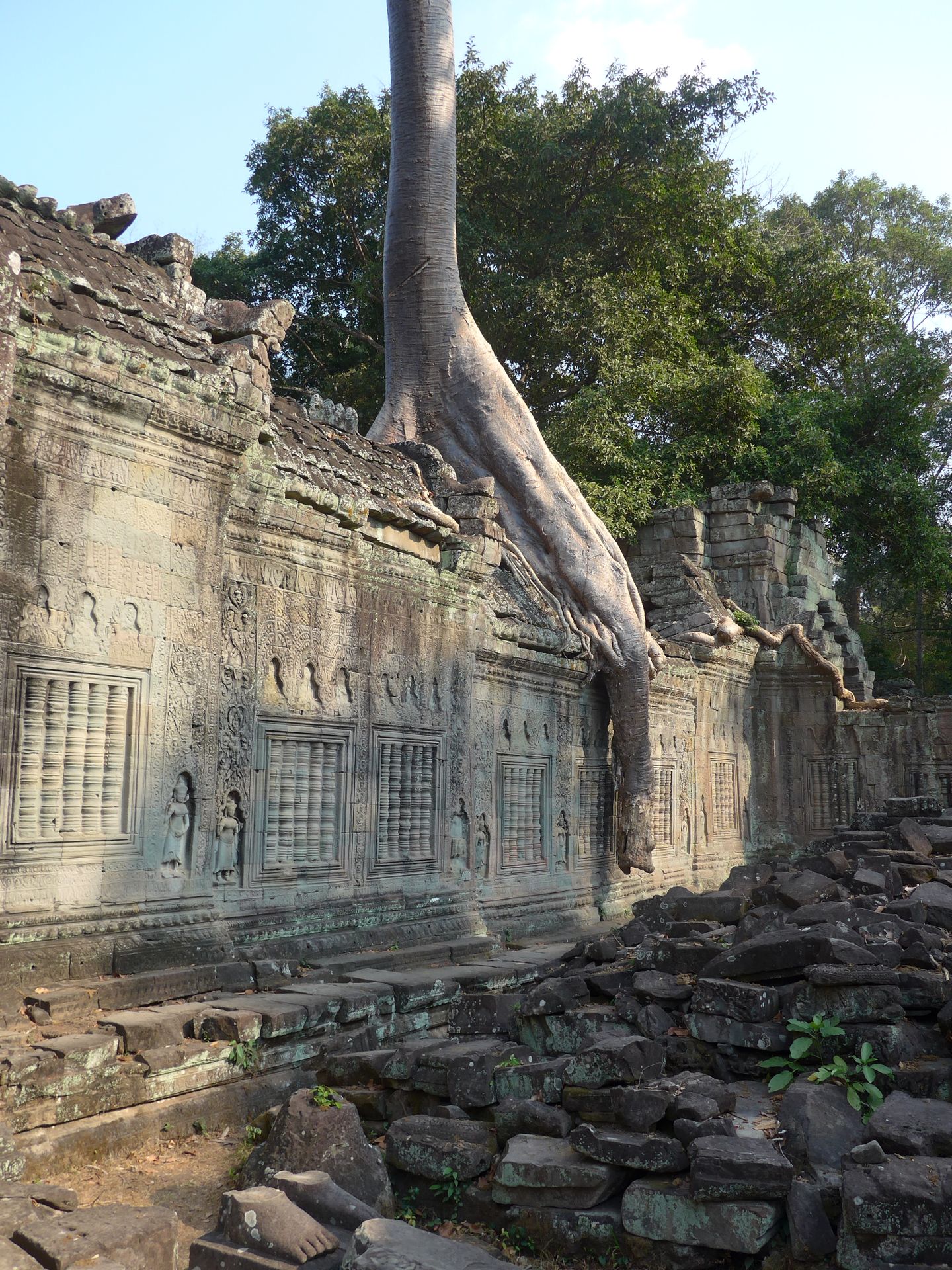
Behind the temple, we could see a baray, an artificially created water reservoir. In the middle of it is the temple of Neak Pean on a man-made island.
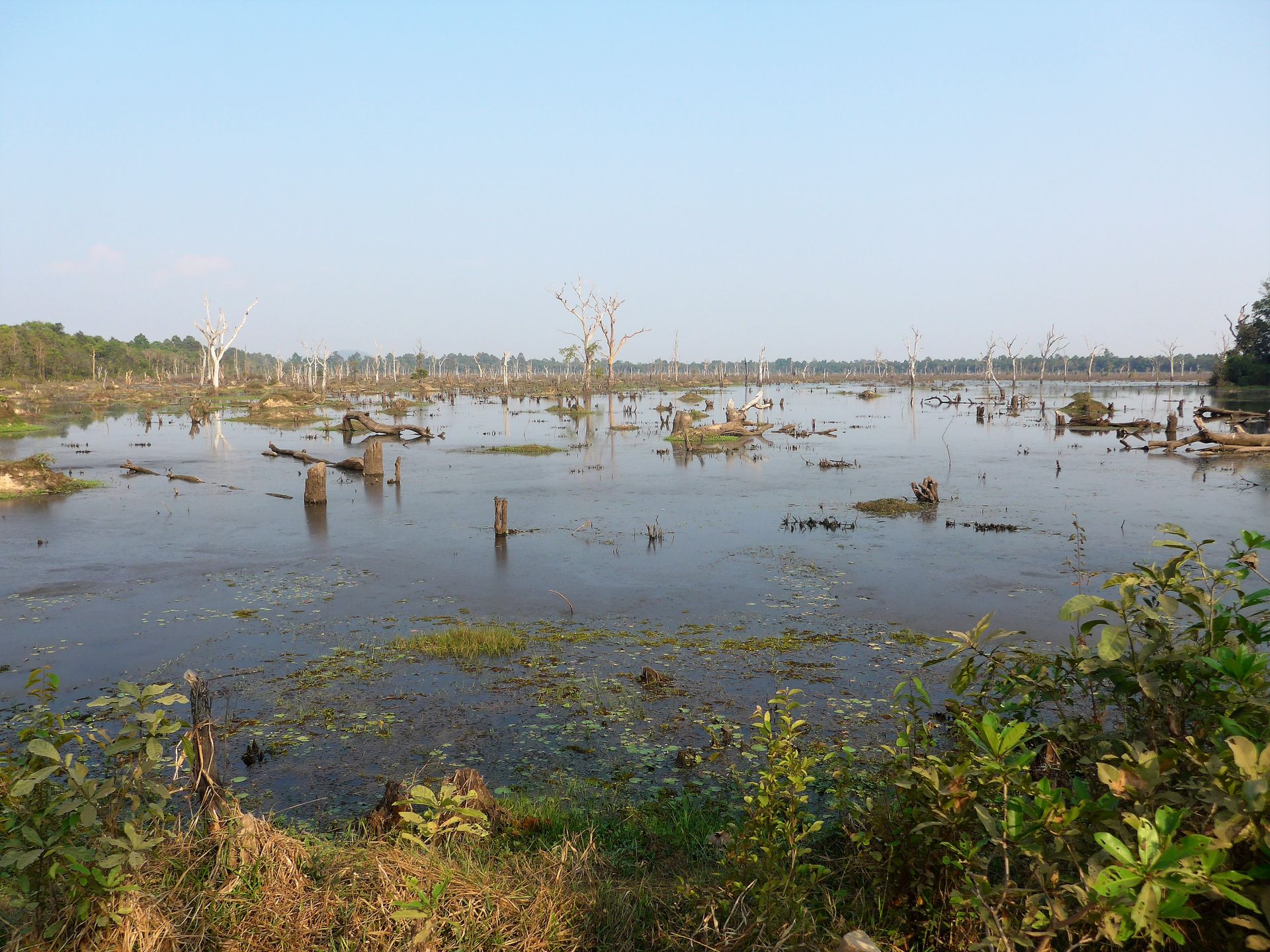
Previously, the temple was only accessible by boat until the reservoir partially dried up and archaeologists built a causeway to it in the 20th century.
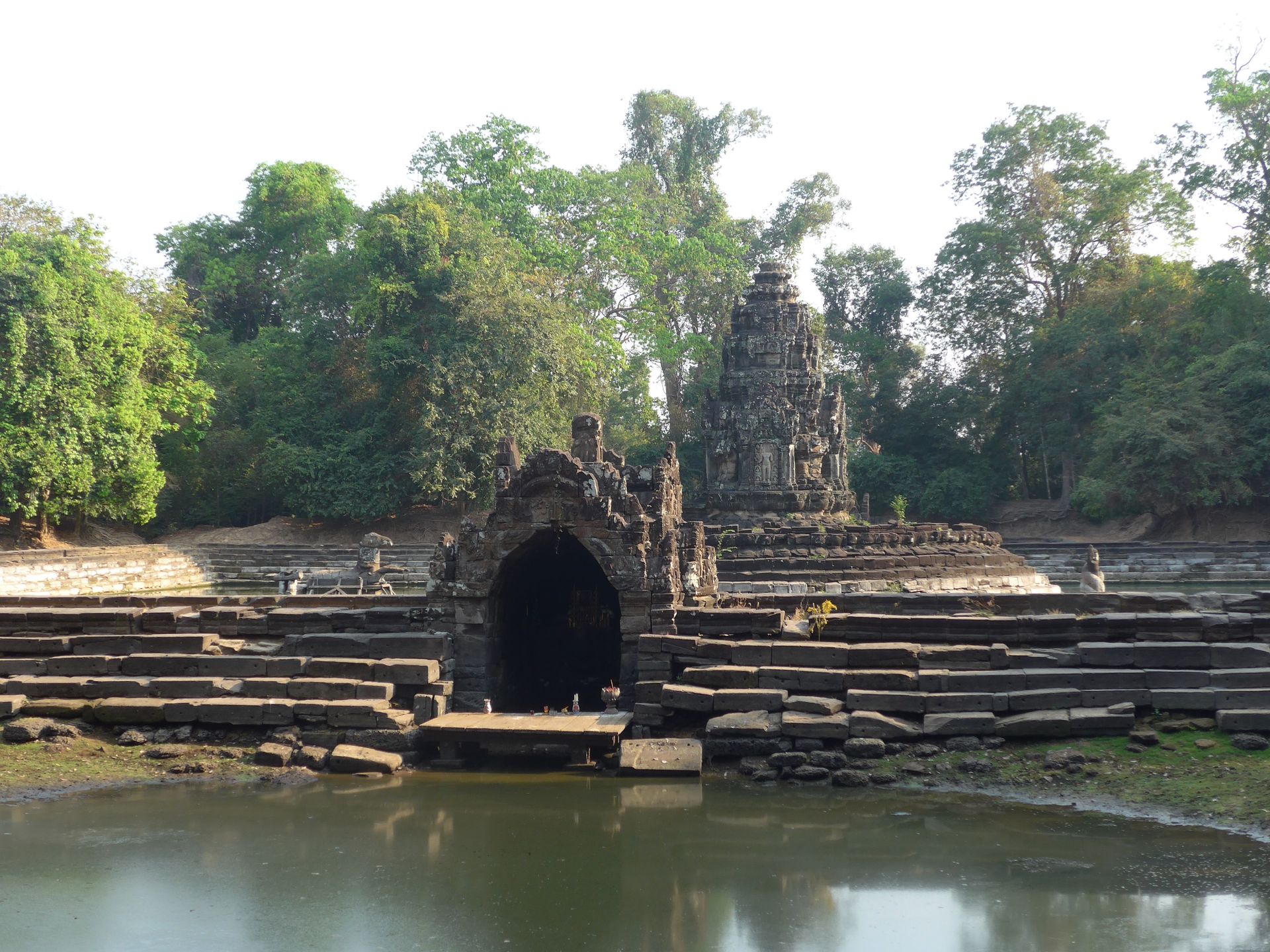
For the sunset, we went to the temple of Pre Rub, a mountain temple with a main tower in the center.
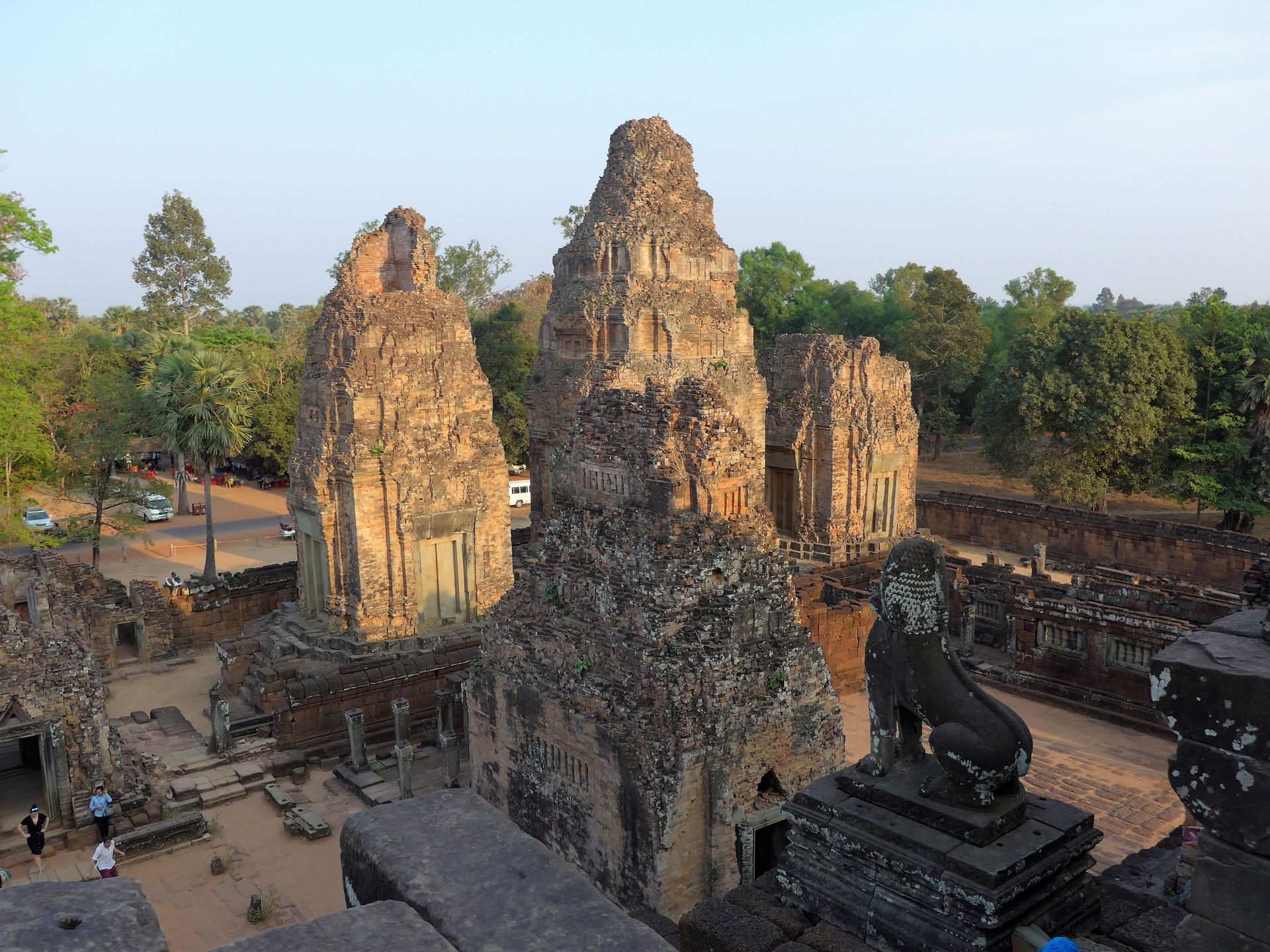
Unfortunately, we weren't the only ones with this idea, and more and more people arrived, so we had to defend ourselves against tripod-wielding Chinese tourists.
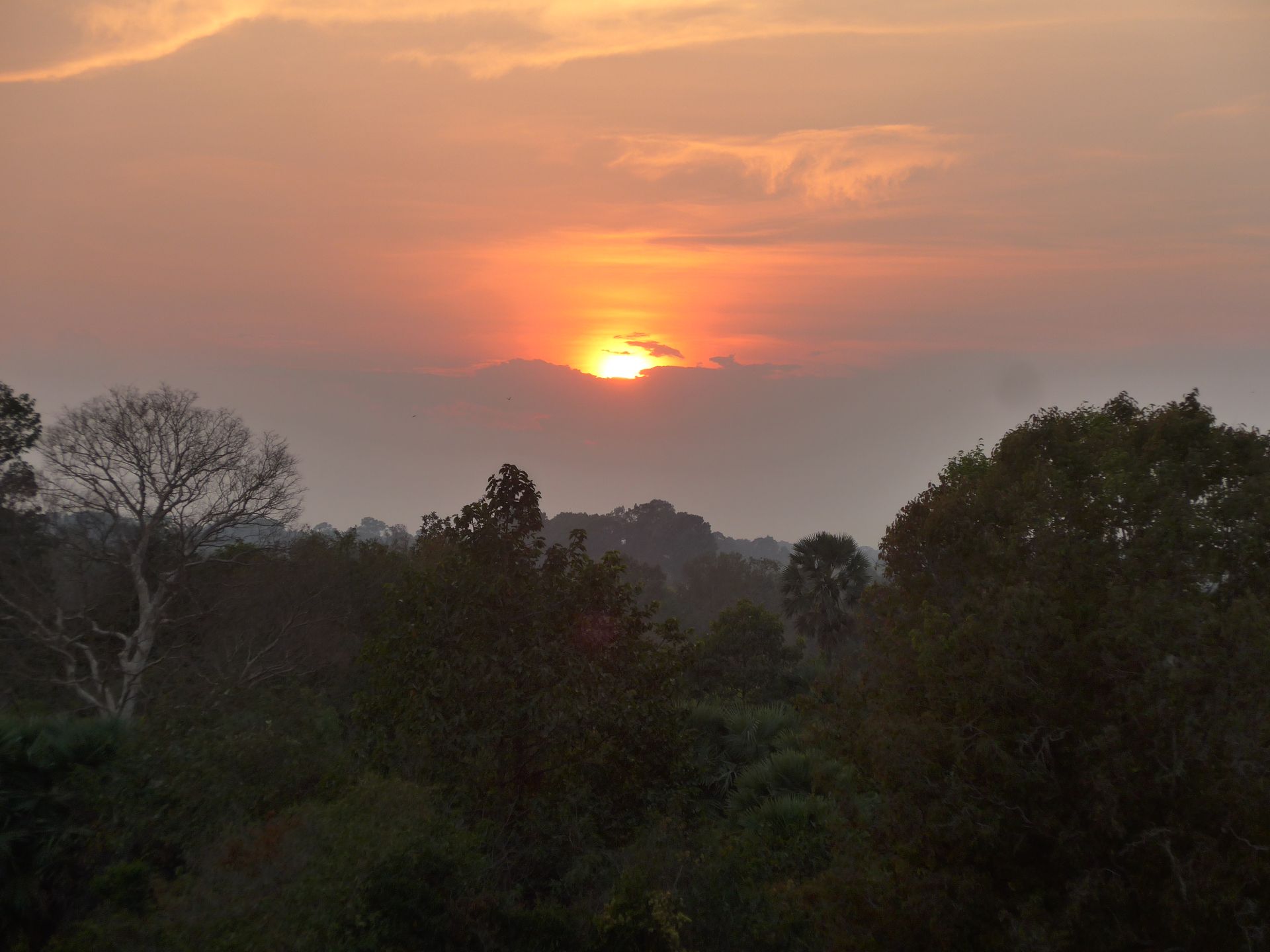
In the evening, we visited the 'Phare' circus, where acrobatics were combined with dance, music, and humor in a story. The artists come from a school that provides free education to children from disadvantaged families. The proceeds go to this social project.
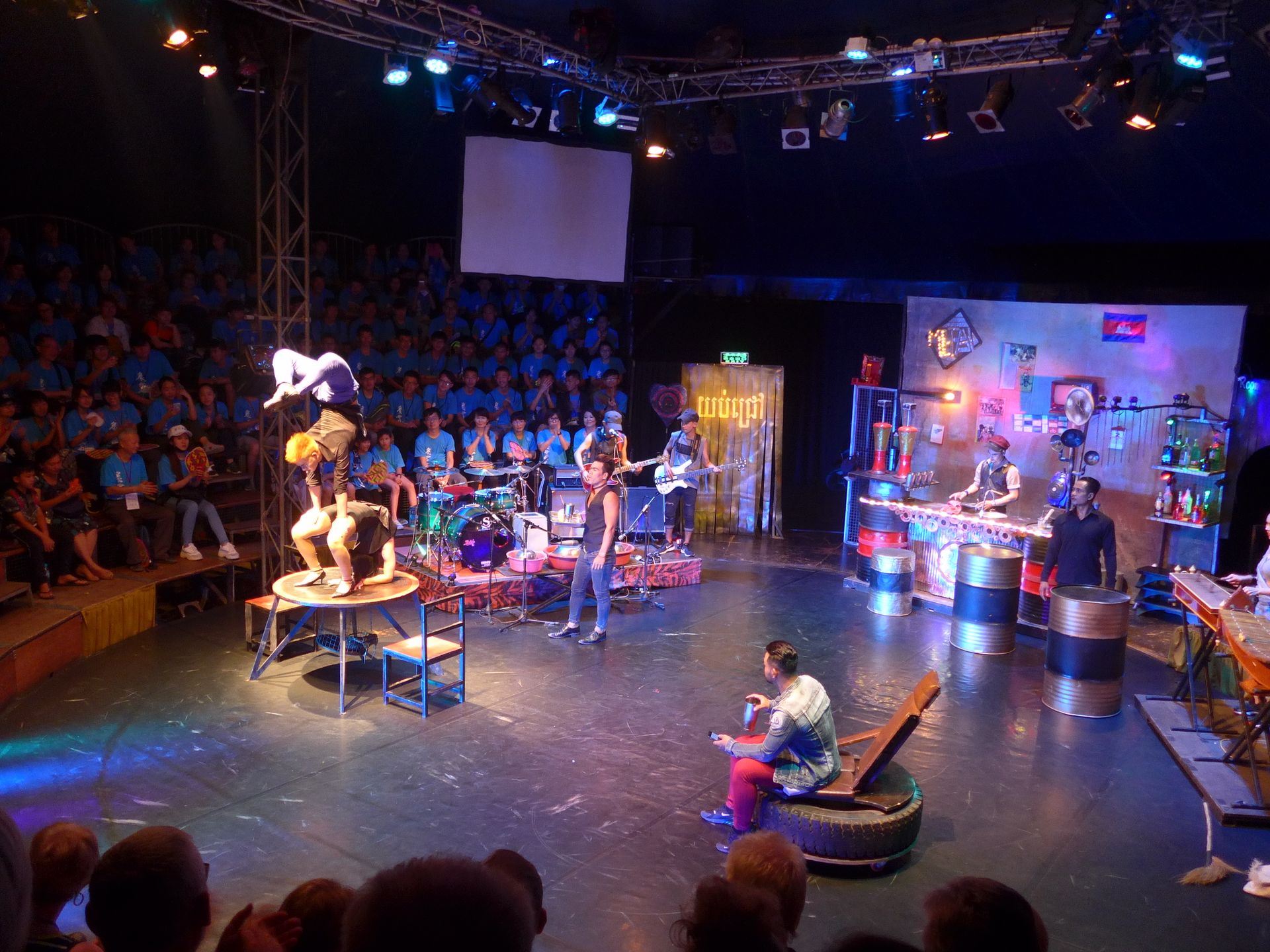
Haberlere kayıt ol
Cevap
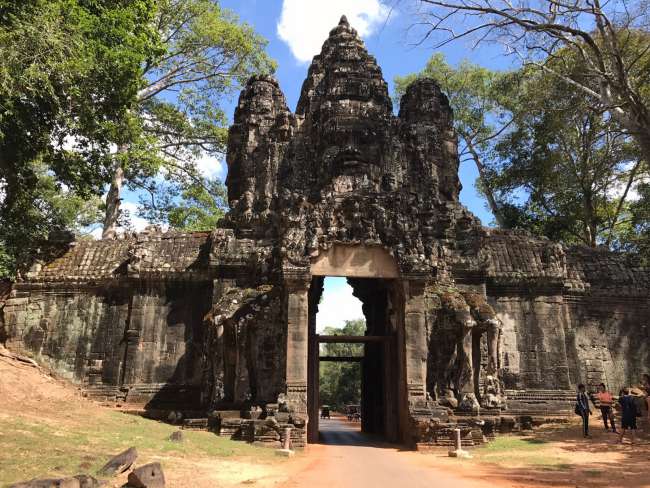
Seyahat raporları Kamboçya
